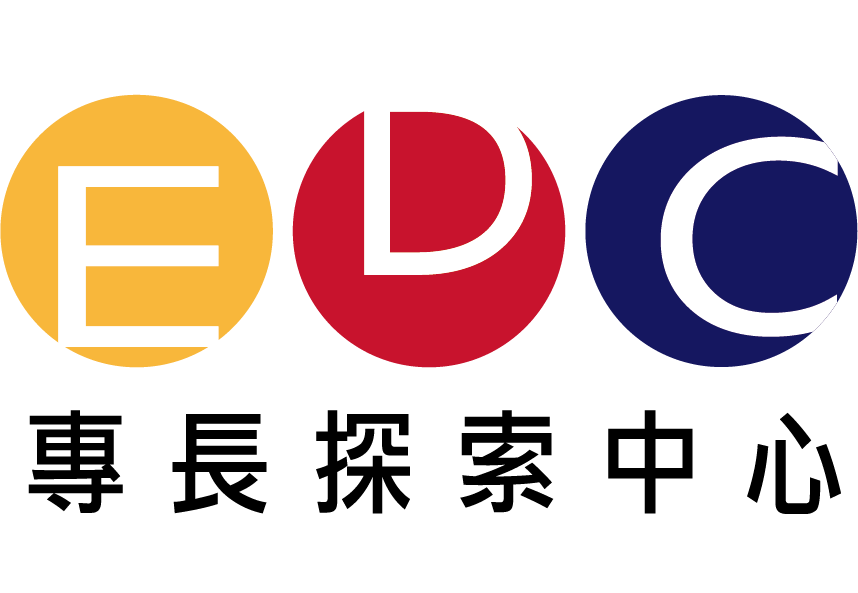AI News
All you need to know about symbolic artificial intelligence
Symbolic vs Subsymbolic AI Paradigms for AI Explainability by Orhan G. Yalçın
However, in contrast to neural networks, it is more effective and takes extremely less training data. Thanks to natural language processing (NLP) we can successfully analyze language-based data and effectively communicate with virtual assistant machines. But these achievements often come at a high cost and require significant amounts of data, time and processing resources when driven by machine learning.
- Moreover, our design principles enable us to transition seamlessly between differentiable and classical programming, allowing us to harness the power of both paradigms.
- One of the most common applications of symbolic AI is natural language processing (NLP).
- Humans often use analogies in their conversations to convey information or make a complex topic understandable.
- One of the main challenges will be in closing this gap between distributed representations and symbolic representations.
- These issues are typical of “connectionist” neural networks, which depend on notions of the human brain’s operation.
You’ll begin by exploring the decline of symbolic AI and the recent neural network revolution, as well as their limitations. The book then delves into the importance of building trustworthy and transparent AI solutions using explainable AI techniques. As you advance, you’ll explore the emerging field of neuro-symbolic AI, which combines symbolic AI and modern neural networks to improve performance and transparency. You’ll also learn how to get started with neuro-symbolic AI using Python with the help of practical examples. In addition, the book covers the most promising technologies in the field, providing insights into the future of AI.
How does symbolic AI differ from other AI approaches?
Additionally, it increased the cost of systems and reduced their accuracy as more rules were added. It uses deep learning neural network topologies and blends them with symbolic reasoning techniques, making it a fancier kind of AI than its traditional version. We have been utilizing neural networks, for instance, to determine an item’s type of shape or color. However, it can be advanced further by using symbolic reasoning to reveal more fascinating aspects of the item, such as its area, volume, etc. Expert.ai designed its platform with the flexibility of a hybrid approach in mind, allowing you to apply symbolic and/or machine learning or deep learning based on your specific needs and use case.
LLMs, they point out, lack the slow, deliberate reasoning capabilities that humans possess. Instead, they operate more akin to our fast, unconscious thinking, which can lead to unpredictable results. Most organizations fail to fully recognize the cognitive, computational, carbon output, and financial barriers that arise from placing the complex jumble of our lived worlds into a context that AI can comprehend. Therefore, the timeline for AI implementation in any meaningful way may take much longer than expected. An early, much-praised expert system (called MYCIN) was designed to help doctors determine treatment for patients with blood diseases.
A sum up of the different technologies developed by French spin-offs to build quantum processing units.
However, we understand these symbols and hold this information in our minds. In our minds, we possess the necessary knowledge to understand the syntactic structure of the individual symbols and their semantics (i.e., how the different symbols combine and interact with each other). It is through this conceptualization that we can interpret symbolic representations. A lack of language-based data can be problematic when you’re trying to train a machine learning model. ML models require massive amounts of data just to get up and running, and this need is ongoing.

They don’t give a strong in-principle argument against innateness, and never give any principled reason for thinking that symbol manipulation in particular is learned. Although “nature” is sometimes crudely pitted against “nurture,” the two are not in genuine conflict. Nature provides a set of mechanisms that allow us to interact with the environment, a set of tools for extracting knowledge from the world, and a set of tools for exploiting that knowledge.
But in recent years, as neural networks, also known as connectionist AI, gained traction, symbolic AI has fallen by the wayside. In contrast to the US, in Europe the key AI programming language during that same period was Prolog. Prolog provided a built-in store of facts and clauses that could be queried by a read-eval-print loop. The store could act as a knowledge base and the clauses could act as rules or a restricted form of logic.
1 For example, knowledge is defined in the form of graphs, logic formulas, symbolic rules, etc. Methods of symbolic AI are developed on the basis of logic, theory of formal languages, various [newline]areas of discrete mathematics, etc.
2 For example, operations in the form of inference rules in logic, productions in the theory of formal
languages, etc. Hybrid AI – makes use of a knowledge graph in order to embed knowledge. It is structured in a very similar way to how people build their own knowledge. Furthermore, it offers explainable AI as the outcomes are directly connected with explicit knowledge representations.
Read more about https://www.metadialog.com/ here.
How to create icon using AI?
- Sign up and Choose a App Icon Template. To begin, sign up for an account on Appy Pie Design, a user-friendly online design platform that incorporates AI capabilities.
- Customize Your App Icon with AI-Powered Features.
- Preview, Download, and Share.
